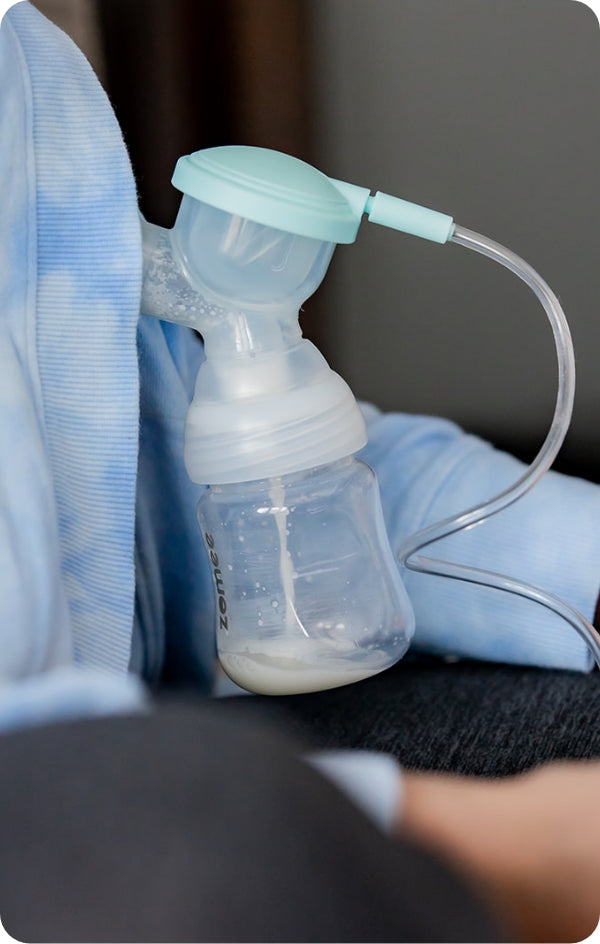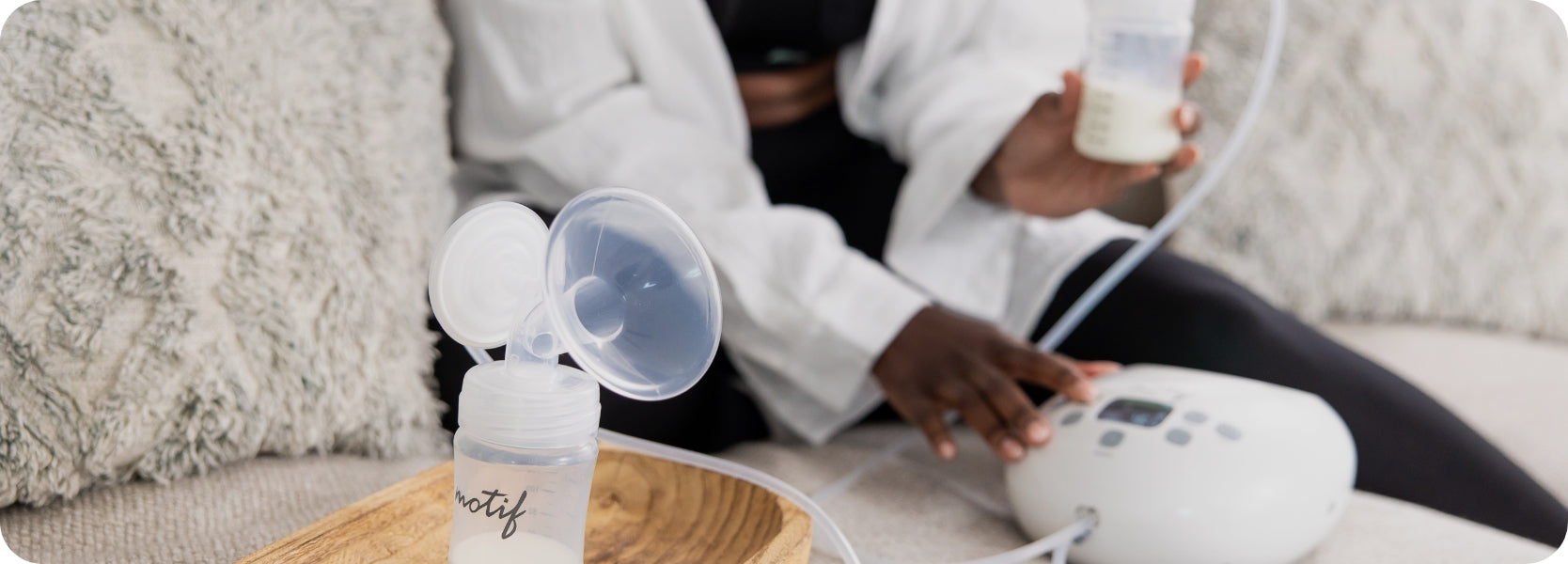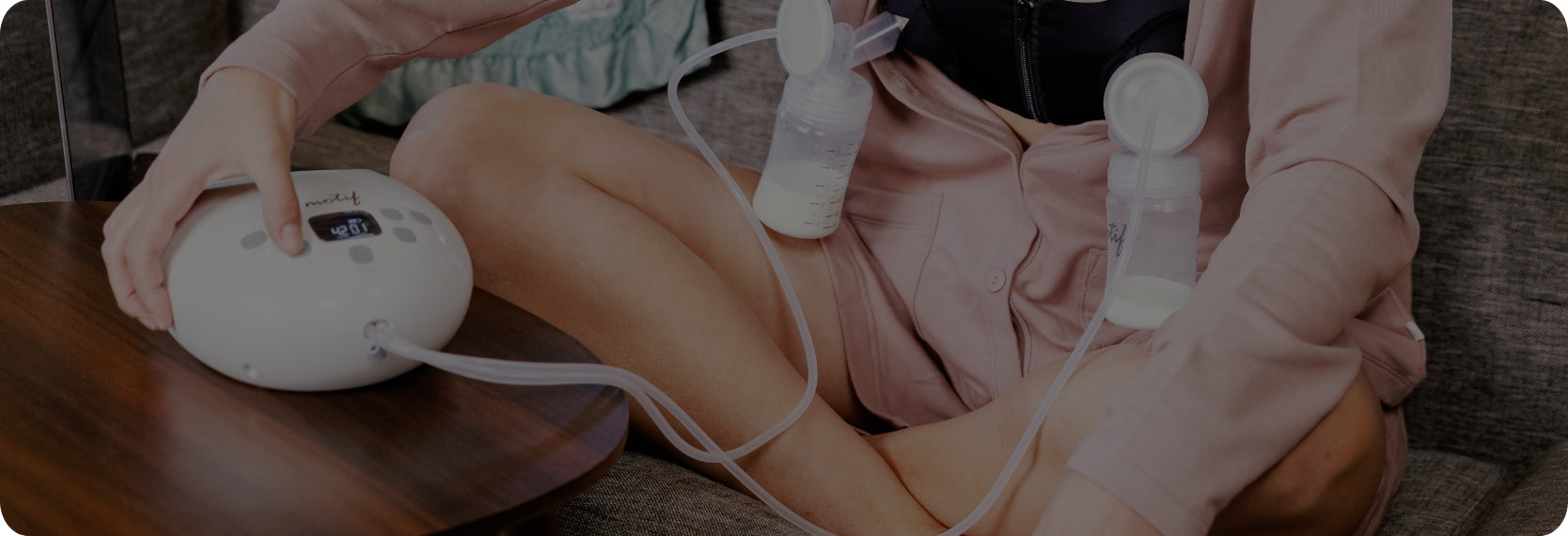Pro Tip: For first-time pumps, seeing a lactation specialist can be helpful in determining the correct flange size for your nipple size as well as areola density and fullness, and can make a big difference in your pumping experience.

Follow the following COMFY guidelines recommended by lactation consults to ensure the right fit:

Look out for the following signs that may suggest your flange size might not be right for you.



